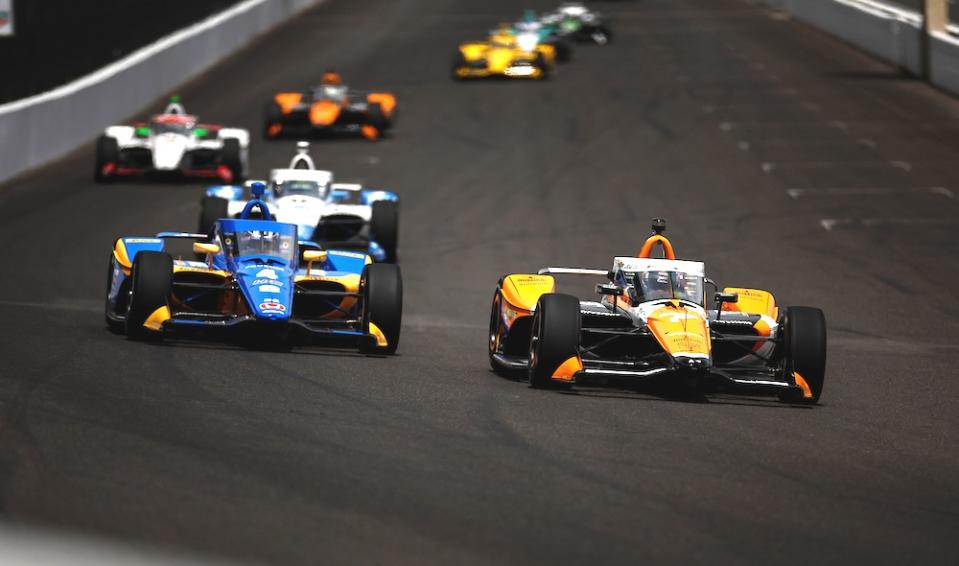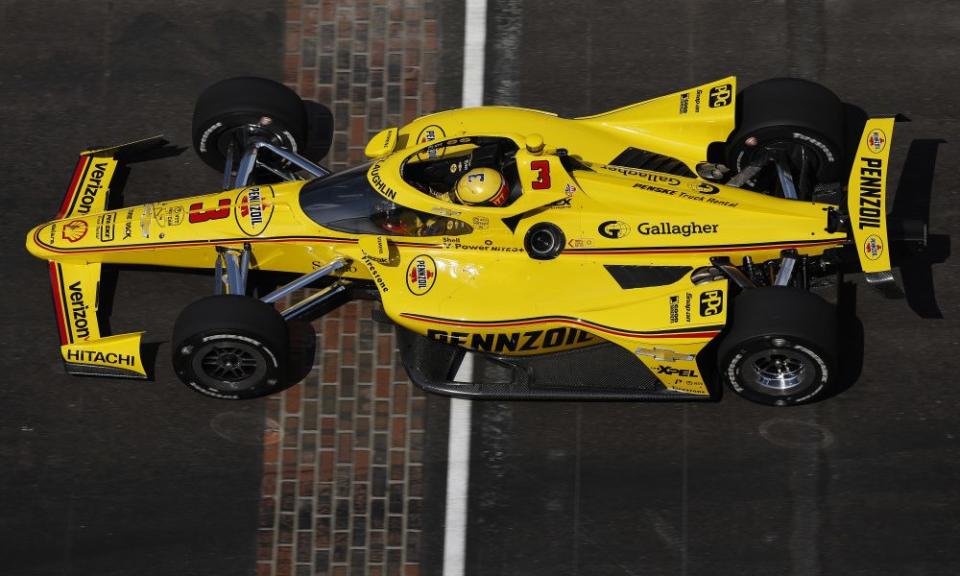IndyCar weighs potential future chassis options

Dallara has produced 91 DW12 IndyCars since the first customer chassis was built in 2012, and with a range of updates made to the car in 2018, a further 68 IR18s have been created, bringing the combined IndyCar chassis tally to 159.
The question facing IndyCar, as it ponders the future of its aging fleet of Dallaras, is whether to commission an all-new chassis from the Italian race car constructor or to further modify the DW12s and IR18s and continue using it through the end of the decade and beyond.
At the moment, the decision on going to a fresh chassis concept or holding onto the DW12/IR18 model hinges upon IndyCar and its engine suppliers and where they decide to take the next internal combustion engine (ICE) and energy recovery system (ERS) formulas.
As RACER detailed earlier this week, the latest line of thinking on the ICE side of the hybrid equation is to stick with the venerable 2.2-liter twin-turbo V6 formula which debuted along with the DW12 in 2012. Continuing with the 2.2L TTV6, however, isn’t the main driver in the new-chassis conversation.
The call to work from a clean design slate will be triggered if the series and the manufacturers opt to replace the upcoming low-voltage ERS units, which go live in July at Mid-Ohio, with a larger and more powerful high-voltage ERS package.
If a switch from today’s miniaturized energy storage system (ESS) made by Honda that’s comprised of 21 supercapacitor cells, to a bigger and more common battery pack like those found in Formula 1 and IMSA’s GTP cars, Dallara would need to pen a new tub — the superstructure where the driver sits that carries the front suspension and the engine and drivetrain — with newfound space made to fit a battery.
In F1, tubs are designed with a sizable notch built into the bottom rear –below the fuel cell — which offers the ability to craft a rectangular battery that sits low and forward in the car, optimizing weight distribution.
In retrofitting the DW12/IR18 with the new ERS unit, the available space to insert the motor generator unit (MGU) and ESS was found in the bellhousing which bridges the engine and transmission, and due to the small cavity to work within, any hope of using a battery — one that could carry and deploy more electronic horsepower — was abandoned.
What direction the series and its power suppliers choose to go will determine whether the current car can support another iteration of IndyCar. Michael Levitt/Motorsport Images
To open up that battery option and have a high-voltage battery on board, Dallara would be forced conceive a new car to launch as early as 2027. As always, many things could change before IndyCar gets to the point where it needs to greenlight a new chassis, but the strong belief at the moment is a high-voltage battery-based ERS will happen, which would lead the series to introduce a next-generation chassis.
Of note, there is also a conversation thread that asks how much of the DW12/IR18 chassis components — from suspension to drivetrain — might be carried over to a DW27 (or whatever year/model name might emerge for the car).
“I think the timing of any sort of ‘new’ — in air quotes — powertrain and chassis will coincide,” Penske Entertainment CEO Mark Miles told RACER. “So ideally, you’d like to roll them out together.”

 Yahoo Autos
Yahoo Autos 
